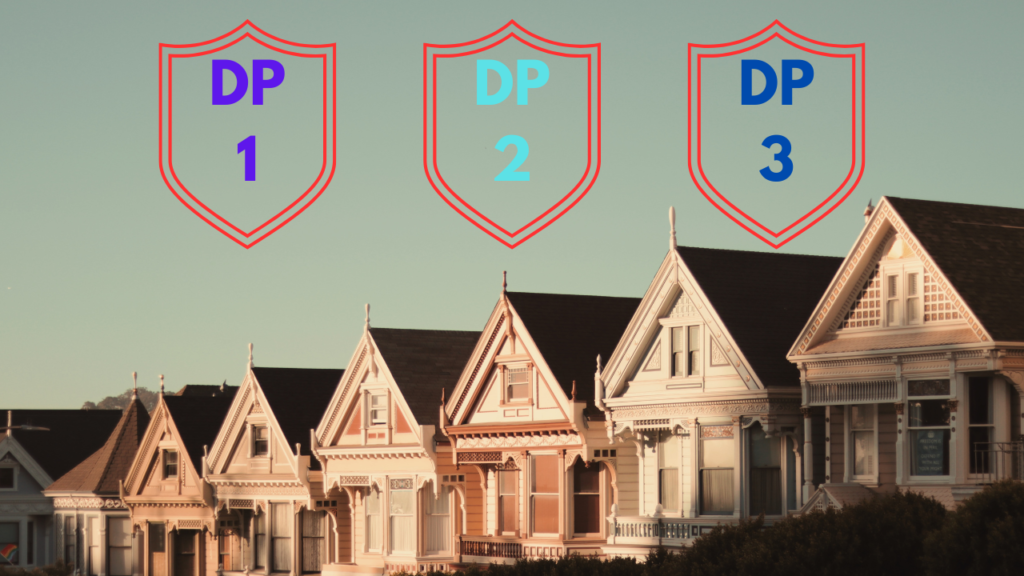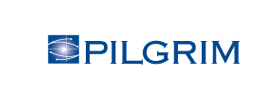
Do you own a rental property and worry about unexpected damages?
Not sure whether you need DP-1, DP-2, or DP-3 insurance?
In this guide, we’ll break down the three types of dwelling fire insurance, what they cover, and how to choose the best policy for your property.
By the end, you’ll know exactly which policy fits your needs and how much it could cost.
What Is a DP-1 Dwelling Fire Insurance Policy?
The DP-1 policy is a basic form of dwelling policy which is a named perils policy. When you file a claim using this policy, it automatically provides you with an actual cash value (ACV) settlement. However, you can opt for a replacement cost value for an additional cost if you wish.
The DP-1 policy covers damages caused due to:
Fire,
Lightning,
Internal explosions, such as a stove or water heater explosion. You can also include add-ons to increase the coverage of the DP-1 policy. These endorsements include protection from
Vandalism and malicious mischief,
Extended coverage that includes hail or windstorms, other explosions,
Smoke, riot/civil commotion,
Volcanic eruptions,
Aircraft or vehicles. This extended coverage can provide great peace of mind, especially in regions prone to certain types of natural disasters.
Learn more about named perils vs. open perils policies from the Insurance Information Institute (III).
DP-2 Insurance: What It Covers & Why It’s Better Than DP-1
The broad form of named perils insurance (DP-2) settles claims on a replacement cost value and offers more coverage than the basic form. This kind of policy gives the following protection:
Fire
Lightning
Extended coverage as mentioned in the basic form
Vandalism and malicious mischief
Weight of ice and snow
Glass breakage
Burglary damage
Falling objects
Frozen pipes
Accidental discharge or overflow of water or steam
Electrical damage
Collapse
Loss of rent coverage in the event tenants are required to move out while the landlord repairs the home from a covered loss.
FEMA provides additional guidance on how to prevent and handle water damage.
DP-3: Special Form
This special form offers the most extensive coverage for your residence, protecting it from all types of damage with the exception of those specifically excluded. In contrast to a named perils policy, this open perils policy provides protection for the dwelling itself, whereas personal property is only safeguarded against certain hazards as specified in the policy. Common exclusions in a DP-3 include:
War
Laws and ordinances
Water damage
Neglect
Intentional loss
Gradual issues like mold, rust, and rot
Earthquakes
The National Association of Insurance Commissioners (NAIC) explains why mold and gradual damage are excluded from most policies.
Dwelling Fire Insurance FAQs: What Landlords Need to Know
❓ Does landlord insurance cover the tenant’s personal property?
✅ No, a landlord insurance policy does not cover tenants’ personal belongings. Tenants must purchase renters insurance to protect their possessions.
❓ How much does a Dwelling Fire Insurance policy cost?
✅ The cost of dwelling fire insurance ranges from $900 to $3,000 per year. Factors include property size, location, deductible, and claims history.
As the owner, you may be able to insure your own belongings that you keep on the property. However, tenants must get their own insurance in order to have coverage for their personal items. Renter’s insurance is designed to provide protection for renters’ possessions.
Does the Dwelling Fire Insurance policy cover damage caused by tenants?
All dwelling fire policies cover tenant damage caused by negligence that results in a fire. Depending on the policy, some additional forms of tenant damage may be covered as well, such as accidental damage not excluded from the policy or covered by renter’s insurance and malicious damage in some cases. Damage due to ordinary use is not included.
Does Dwelling Fire Insurance include coverage for lost rental income?
Under a Dwelling Fire Insurance policy, if an event covered by the policy causes enough damage that the tenants must move out of the residence, you will be reimbursed for lost rental income.
Are landlords allowed to require tenants to have rental insurance?
Yes, the landlord, can require that the tenants carry rental insurance as part of the leasing or renting agreement and require them to provide evidence of having it before agreeing on the lease.
How much does a Dwelling Fire Insurance policy cost?
Once you have an understanding of the different Dwelling Fire Insurance policies, your likely query would be “How much will it cost me?” Well it depends, It depends on,
The limits and deductible you select
Property size
Property location
Exposures
Claims history
The cost of dwelling fire coverage can range based on the above factors, but we typically see insurance premiums between $900 – $3,000 range.
Protect Your Rental Property – Get the Right Dwelling Fire Insurance Today
If you own a rental property, it is important to get the right insurance policy. As you are not living on the premises, it is difficult to have an understanding of what could potentially happen there. Therefore, having a policy that provides the right coverage at the right price is essential in order to protect your investment and avoid costly out-of-pocket claims.
Your Local Independent insurance Broker
For more than four decades, Vargas & Vargas Insurance has been providing clients with top-notch service and insurance coverage. Contact our team today at 617-298-0655.












